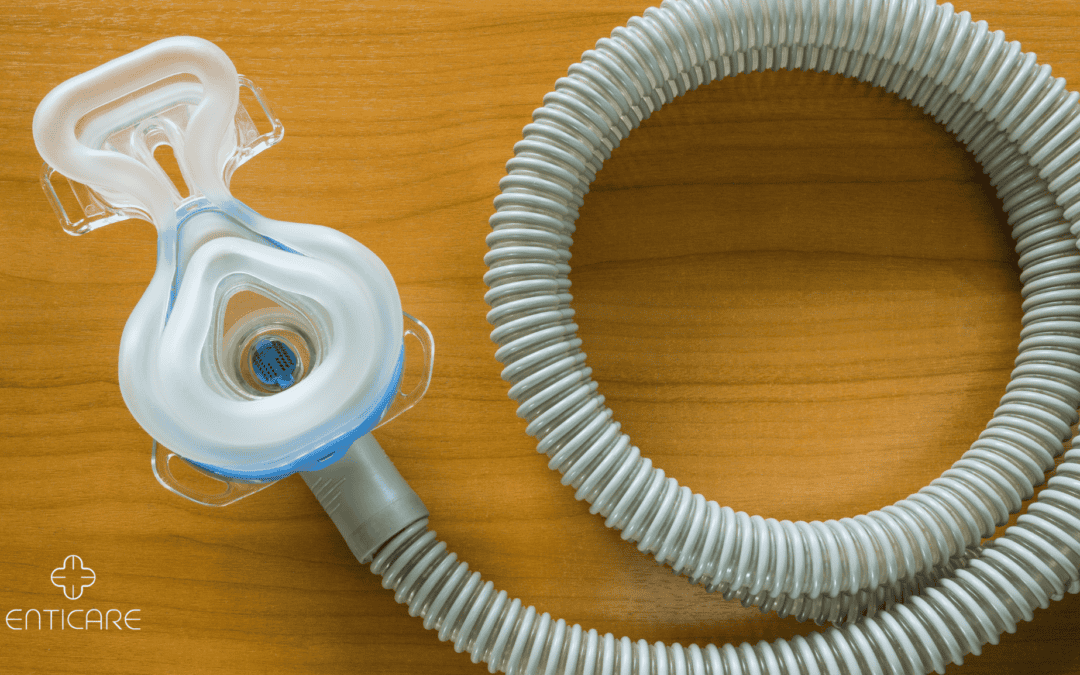When using a CPAP (Continuous Positive Airway Pressure) machine to manage sleep apnea, understanding the specifics of your CPAP machines and equipment can enhance your comfort and effectiveness. One crucial aspect is the length of the CPAP tubing, also known as sleep therapy tubes. This blog explores the standard length of CPAP tubing, its importance, and factors to consider for optimal use.
Standard Length of CPAP Tubing
Typical Tubing Length
The standard CPAP tubing length usually ranges between 6 to 8 feet (approximately 1.8 to 2.4 meters). This length offers a balance between providing enough reach for comfort and avoiding excessive slack that might lead to tangling or obstruction. Standard CPAP hoses come in various lengths and diameters, providing options to meet different user preferences and therapy requirements.
Variability by Manufacturer
Different CPAP machine manufacturers might offer tubing of varying lengths. Some models come with longer or shorter tubes based on the design of the machine or user preferences. Always check the specifications provided by your manufacturer for precise details. Always check the specifications provided by your manufacturer to ensure you are using the correct CPAP hose for your machine.
Customizing Tubing Length
While 6 to 8 feet is the standard, some users might require customized lengths. Various suppliers offer tubing of different lengths to accommodate specific needs, such as longer tubing for a more flexible setup or shorter tubing for a more compact arrangement.
Importance of Correct Tubing Length
Ensuring Comfort and Flexibility
The right length of tubing contributes significantly to your comfort. Too short tubing can restrict movement, making it difficult to find a comfortable sleeping position. Too long tubing can create additional tangling risks and complicate the setup.
Maintaining Effective Therapy
CPAP therapy relies on a continuous flow of air. Using a heated humidifier can significantly enhance therapy comfort by maintaining effective air pressure and humidity levels. Using the correct tubing length ensures that the air pressure remains consistent and effective throughout the night. Incorrect tubing length might affect the therapy’s efficacy, leading to poor sleep quality and potential health issues. Ensuring compatibility between your CPAP masks and tubing is crucial for maintaining consistent air pressure and effective therapy.
Preventing Mechanical Issues
Proper tubing length prevents mechanical issues such as kinking or bending. Kinks in the tubing can obstruct airflow, reduce the effectiveness of the therapy, and potentially damage the tubing or machine over time.
Factors Affecting Tubing Length Choice
Sleep Position and Room Layout
Consider your typical sleep position and room layout when choosing tubing length. If you move frequently during sleep or have a spacious bedroom, a longer tube might offer the flexibility you need. Conversely, a shorter tube might be sufficient for a fixed setup in a smaller space.
CPAP Machine Placement
The placement of your CPAP machine impacts the required tubing length. If your machine sits on a bedside table close to your bed, a shorter tube might be adequate. However, if the machine is placed farther away, you might need a longer tube to ensure comfort and ease of use.
Personal Preferences and Needs
Personal preferences play a role in tubing length. Some users prefer the flexibility of longer tubing, while others may opt for shorter tubing for a neater setup. Consider your specific needs and comfort preferences when selecting tubing length.
Tips for Managing CPAP Tubing
Regular Cleaning and Maintenance
Regardless of tubing length, regular cleaning is essential. CPAP tubing can accumulate dust, allergens, and bacteria over time. Clean the tubing according to the manufacturer’s instructions to maintain hygiene and prevent potential health issues.
Proper Storage and Handling
Store your CPAP tubing properly to prevent damage. Avoid kinks and twists when handling or storing the tubing. Keeping the tubing in good condition ensures effective therapy and extends its lifespan.
Upgrading and Replacing Tubing
Regularly check the condition of your CPAP tubing. Replace the tubing as needed, especially if you notice signs of wear and tear. Upgrading to a newer model or different length might be beneficial based on changes in your setup or personal preferences. Consider upgrading to BiPAP tubing if you require a more durable and compatible option for your sleep therapy equipment.
Conclusion: Optimize Your CPAP Setup for Better Sleep
Choosing the right length for your CPAP tubing plays a crucial role in ensuring comfort, maintaining effective therapy, and preventing mechanical issues. Whether you need standard or customized tubing, understanding your specific needs and preferences will help you make an informed decision. Choosing the right CPAP tubing is a great solution for ensuring effective therapy and a comfortable sleep experience.
Ready to optimize your CPAP setup for better sleep?
Schedule an appointment with our specialists today for personalized advice and support. We can help you select the right tubing length and ensure your CPAP therapy is as effective and comfortable as possible.
Resources:
- American Academy of Sleep Medicine: CPAP Therapy
- Mayo Clinic: CPAP Machine Usage
- Sleep Foundation: CPAP Tubing Care
By understanding and managing your CPAP tubing effectively, you can enhance your sleep quality and overall well-being.

